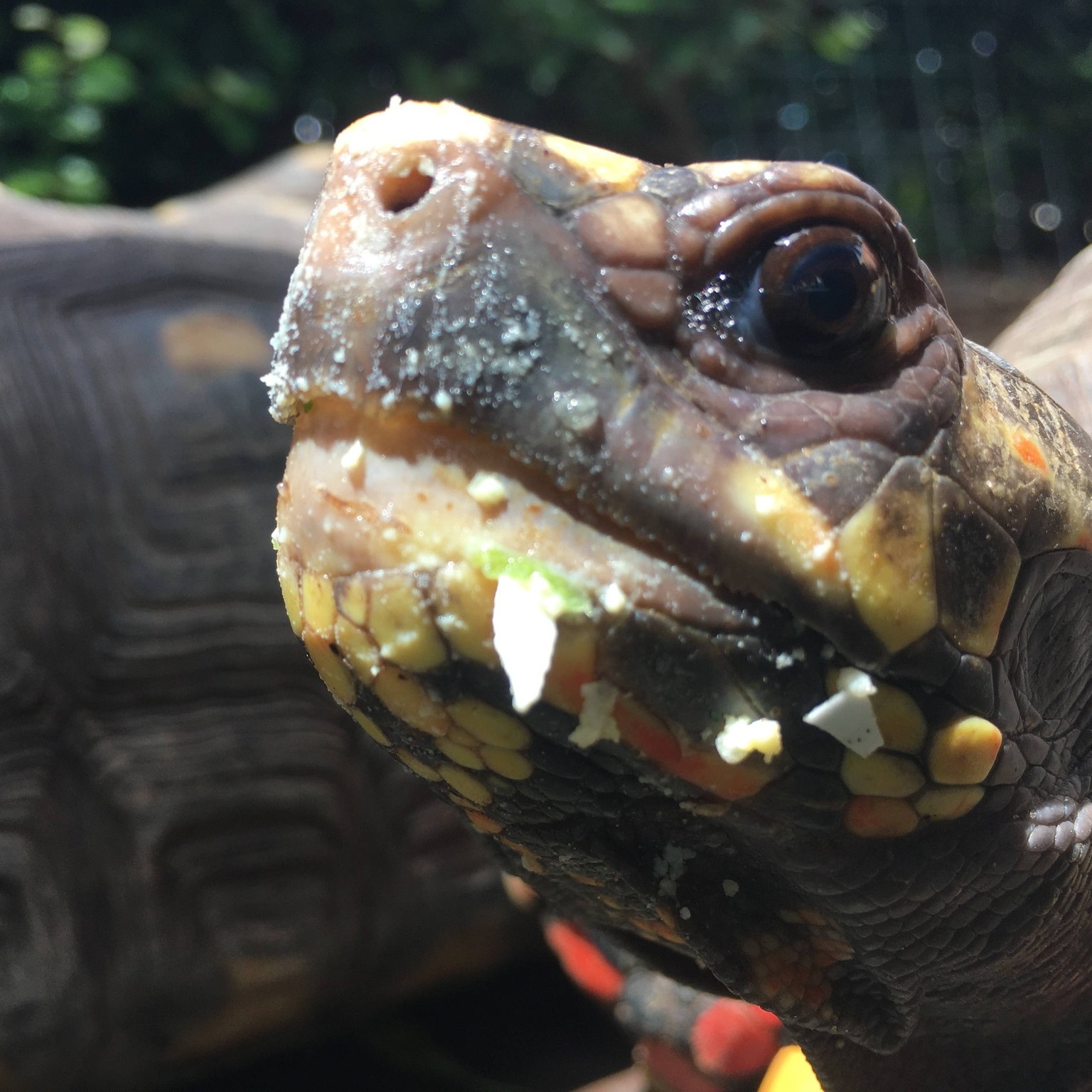- The distinction between tortoises and turtles within the reptilian Order Testudines
- Characteristics and adaptations of red-footed tortoises native to South America and the Caribbean
- The ecological impact and the significance of tortoises in their native habitats
- Conservation Efforts and the Role of zoos in preserving Tortoise Species
- Educational importance and wildlife appreciation in promoting conservation among visitors
While both tortoises and turtles belong to the reptilian Order Testudines, they represent distinct groups within this classification. A defining feature that separates tortoises from other turtles is their terrestrial lifestyle. Tortoises are specifically adapted for life on land, with anatomical and physiological differences reflecting this. One may liken their divergence to how dogs and wolves belong to the canine family, yet each has traits suited to their particular way of life.
Red-footed tortoises are one of the many tortoise species showcasing this land adaptation with their characteristic bright red or orange markings on their legs and heads. As natives to South America and the Caribbean, these tortoises have evolved to thrive in various environments, from dry grasslands to tropical rainforests. Unlike many turtles with flippers for swimming, tortoises like the red-footed variety possess stout, columnar hind legs and huge feet that aid in maneuvering through their terrestrial ecosystem and digging burrows for shelter or accessing water stored in the ground.
Their dietary habits are worth noting as well. Red-footed tortoises are known to be omnivorous, consuming a broad spectrum of foods. These include fruits, flowers, fungi, carrion, and invertebrates, which allows them to play a vital role in their habitats. Seed dispersal is one ecological impact facilitated by their varied diet, contributing to maintaining plant diversity and forest structure.
Conservation of these tortoises is critical. In the wild, they face threats from habitat loss, poaching, and the illegal pet trade. Treaties like the Convention on International Trade in Endangered Species of Wild Fauna and Flora (CITES) work to protect species such as the red-footed tortoise from unsustainable trade. Zoos and conservation programs are pivotal in breeding efforts, research, and reintroduction projects, all aimed at preserving these tortoises for future generations.
Zoos serve as modern-day arks, providing secure environments for vulnerable species while simultaneously educating the public about our planet’s rich biodiversity. Engaging exhibits and hands-on learning opportunities allow visitors to understand the importance of each species and their respective roles in our world’s ecosystems. By fostering a connection between humans and wildlife, zoos inspire a conservation ethos that can lead to greater local and global support for environmental stewardship.
Through the lens of wildlife appreciation, ambassador animals like the red-footed tortoise become more than exhibits—they become storytellers and educators. By nurturing an emotional connection between animals and people, zoos can harness the power of empathy to motivate positive change. Narrative-driven conservation and active participation opportunities such as citizen science and habitat restoration initiatives enable individuals to take actionable steps towards protecting biodiversity.
In summary, the distinction that all tortoises are turtles, but not all are tortoises, encapsulates a fundamental zoological categorization, where red-footed tortoises underpin the diversity within the Testudines Order. By highlighting the unique features of these tortoises and their role in ecosystem functionality, conservation measures become more tangible and purpose-driven. Moreover, the interaction between humans and tortoises at institutions like zoos not only enhances public education but strengthens the collective resolve to work toward the preservation of endangered species.
*****
Source Description
.
All tortoises are turtles, but not all turtles are tortoises.🤯
That means that our red-footed tortoises get to celebrate too!
These voracious and messy eaters are native to South America and the Caribbean. Unlike their aquatic cousins, tortoises have feet made for walking and digging instead of flippers made for swimming.
Next time you’re here, swing by Ambassador Park and watch these guys stomping around on their elephant-like feet.

